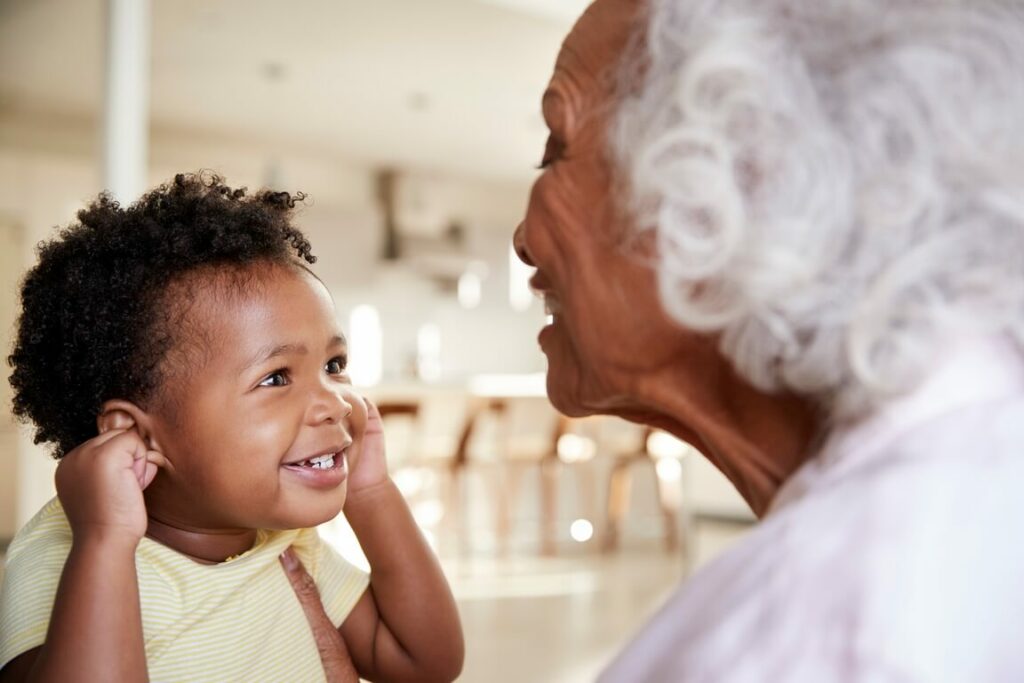All behaviour has a purpose and is a form of communication. We can understand why behaviour occurs by considering the factors that occur before it and the consequences that follow it. Factors that signal behaviour to occur are known as antecedents and include external cues in our environment as well as internal thoughts and feelings. In other words, things that we see, hear or experience can cue us to behave in certain ways. For example, seeing a red traffic light signals you to stop the car. Hearing your phone ring prompts you to answer it. Feeling hungry may provoke you to make a sandwich.
Consequences follow our behaviour; for example, the consequence of eating a sandwich is feeling full. The consequence of answering the phone is talking to the person on the other end. If the consequences that follow our behaviour are rewarding, then we are more likely to engage in the same type of behaviour again. Conversely, if the consequences are undesirable, then we are less likely to repeat the behaviour again. For example, being paid is a rewarding consequence that means you are likely to keep working in your job. If you were not paid, or if the pay was undesirable, then you would be less likely to keep working and perhaps inclined to find a new job. This ‘A-B-C’ model (Antecedent-Behaviour-Consequence) can also be applied to understanding children’s behaviour. For example:
- Antecedent (A): An antecedent is the signal or cue that tells your child it is time to do something. This can include internal cues, such as your child wanting attention, or being hungry. An antecedent can also be an adult behaviour such as instructions, questions, gestures, or other actions. For example, you might hand your child their toothbrush, or verbally tell them to brush their teeth.
- Behaviour (B): Behaviour is an action or skill that your child performs. Behaviour can be adaptive (e.g., verbally communicating, completing a self-care task) or it may harmful (e.g., aggression) or ineffective at conveying needs and wants (e.g., screaming instead of asking for help). Sometimes the behaviour can be not doing the expected behaviour, such as ignoring an instruction (i.e., ignoring and looking away are also behaviours!). In the above example, the behaviour might be your child brushing their teeth (in response to you instructing them to do so).
- Consequence (C): The consequences that follow behaviour can make it more or less likely to happen again in the future. Positive consequences for tamariki include natural rewards, praise, and tangible rewards (e.g., a treat); all which increase the likelihood that the behaviour will be repeated. Natural rewards refer to consequences that logically follow behaviour and include your child achieving their own goals (e.g., they reach their arms out to you for a hug and you hug them), as well as activities that logically follow behaviour (e.g., once your child’s hands are clean, they can eat). For example, a positive consequence for your child brushing their teeth may be praise (e.g., “Ka pai Ana for brushing your teeth”) or a natural reward (e.g., reading a story once teeth are brushed as part of a night-time routine). What is rewarding for your child will be unique to them, and it’s important to understand your own child’s goals, preferences, and interests in order to be able to provide consequences that are highly rewarding to them (e.g., reading a book might be highly rewarding for some children, and not particularly interesting or rewarding for other children).
When the same cues and consequences frequently occur before and after behaviour, then learning occurs. For example, if brushing teeth is regularly followed by a story, then your child will learn this association (e.g., that brushing teeth results in a story), and if this is a rewarding consequence for them, then they are more likely to brush their teeth again when asked to do so in the future. In short, positive behaviour should always be followed by a positive consequence to increase success.

Using the ABC Model to Support Skill Development
The ABC model can enhance your child’s ability to learn new behaviours and skills quickly and to experience success. This involves using cues and consequences effectively to encourage and strengthen adaptive behaviour. First, it is important to provide really clear antecedents for the behaviour you want your child to achieve. Common antecedents that you can provide include verbal instructions, gestures, actions, and purposeful pauses (e.g., within games as described in the previous module). You can also use the concept of ‘show and tell’ to create clear antecedents. That is, you provide both an auditory cue (e.g. asking your child to “put your shoes on please”), with a visual cue (e.g. pointing to or holding up the shoes) to help make it really clear to your child what is expected of them. You may also use visual supports (see below).
Verbal instructions should explain to your child what to do using clear and concise language (e.g., “Ana, please go to the bathroom now to wash your hands” rather than “come on Ana”). Avoid framing an instruction as a question; questions can be ambiguous and imply that there is a choice (e.g., it is better to say “Ana please go to the bathroom now to wash your hands” rather than “Ana are you ready to wash your hands?”) Make sure that your child is attending to you when giving an instruction. This may involve minimising other distractions (as described in Module 1; e.g., turning off the TV).
Consequences should immediately follow your child’s behaviour. This means that as soon as your child does the desired skill or action, they receive a positive (rewarding) consequence for doing it. The consequences should also be as natural as possible, that is, directly related to the behaviour your child has used. With social communication and behaviour (e.g., verbal communication), consequences often include natural rewards. For example, if your child communicates “drink” then a positive, natural, and immediate consequence for this request is you giving them a drink. You can also reward your child’s appropriate use of social communication (e.g., gesture, facial expression, or vocalisation) by immediately imitating them. For example, your child looks at you and smiles and you promptly smile back. For other behaviours the natural reward might be less obvious. For example, if the behaviour is following an adult instruction to do an action with a toy, then a natural consequence might be your child getting to play however they want for a while after following the instruction. Predictable responses and routines can also be rewarding for many autistic children (e.g., if you always say “goodnight, sleep tight” after your child has been tucked into bed, then saying this fun phrase might be the natural positive consequence for your child’s behaviour of getting into bed). Providing natural rewards is important because it makes the learning clear and logical to your child and increases the likelihood that your child will learn to use their skills in lots of different environments and with different people.

Praise is another positive consequence that can help your child to recognise and understand when they do well, and to gain confidence in their new skills and behaviours. Specific praise, which involves labelling the specific behaviour your child has done (e.g., “well done for washing your hands”) is more effective than general praise (e.g., “well done”). However, be mindful of the language demands you are putting on your child. In general we aim to use language that is only ‘one-step’ above our child’s level, so a lengthy explanation of what your child has done well might not work for a child who does not use much language yet. Instead, you can use your tone and enthusiasm with specific words to convey your praise (e.g., Enthusiastically saying “Yes! Washing hands!” when your child washes their hands). You may also use nonverbal praise (e.g., clapping, thumbs up, high five) alongside specific verbal praise. Social praise should always be used alongside natural rewards. If your child is already motivated by social praise and attention then pairing praise with natural positive consequences will increase the reward value. If your child is not yet motivated by social praise then pairing natural rewards with social praise will help them to learn to understand the meaning of social praise, and they may learn to enjoy it!
It is important to continue to adopt an attitude of positivity and patience when your child is learning a new behaviour, and to praise and encourage them for any good attempt regardless of if they achieve the end goal or not. Initially, when your child is learning a new behaviour, the behaviour should be praised each time it occurs. Prompting can also be used to support your child’s learning and is described next.
| ABC Example | ||
| Antecedent (Cue or signal) | Behaviour (Skill or action) | Positive Consequence(s) (e.g., praise, natural reward) |
| Your child sees juice in the fridge (and may be feeling thirsty) | Your child requests some juice (e.g., reaches, points, signs, gives a picture card, or verbally asks) | You give your child a cup of juice (natural reward) and say (e.g.) “Ka pai! You told me “want juice!”” (specific praise) |
| You point to your child’s jacket and verbally instruct them to put it on (e.g.) “put on your jacket” | Your child puts on their jacket | You say (e.g.) “good job putting your jacket on!” (specific praise) and open the door to let your child play outside (natural reward) |
| You give your child a kiss goodbye at Preschool and say (e.g.) “see you soon” | Your child waves goodbye | You wave back (imitation) and say (e.g.) “bye Charlie” (predictable response) |
